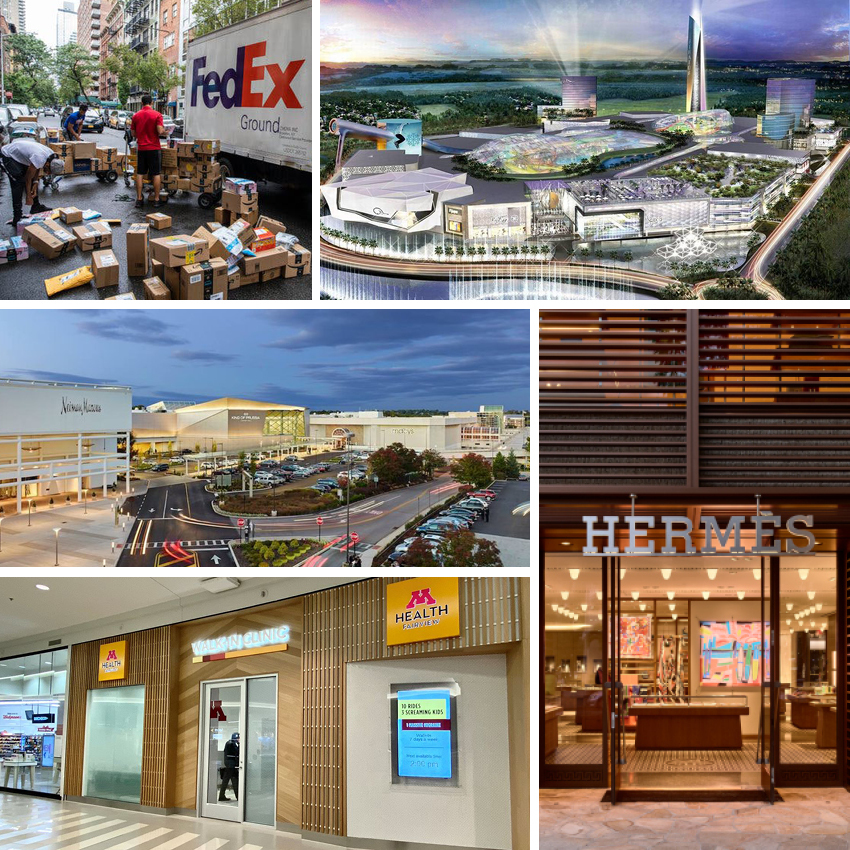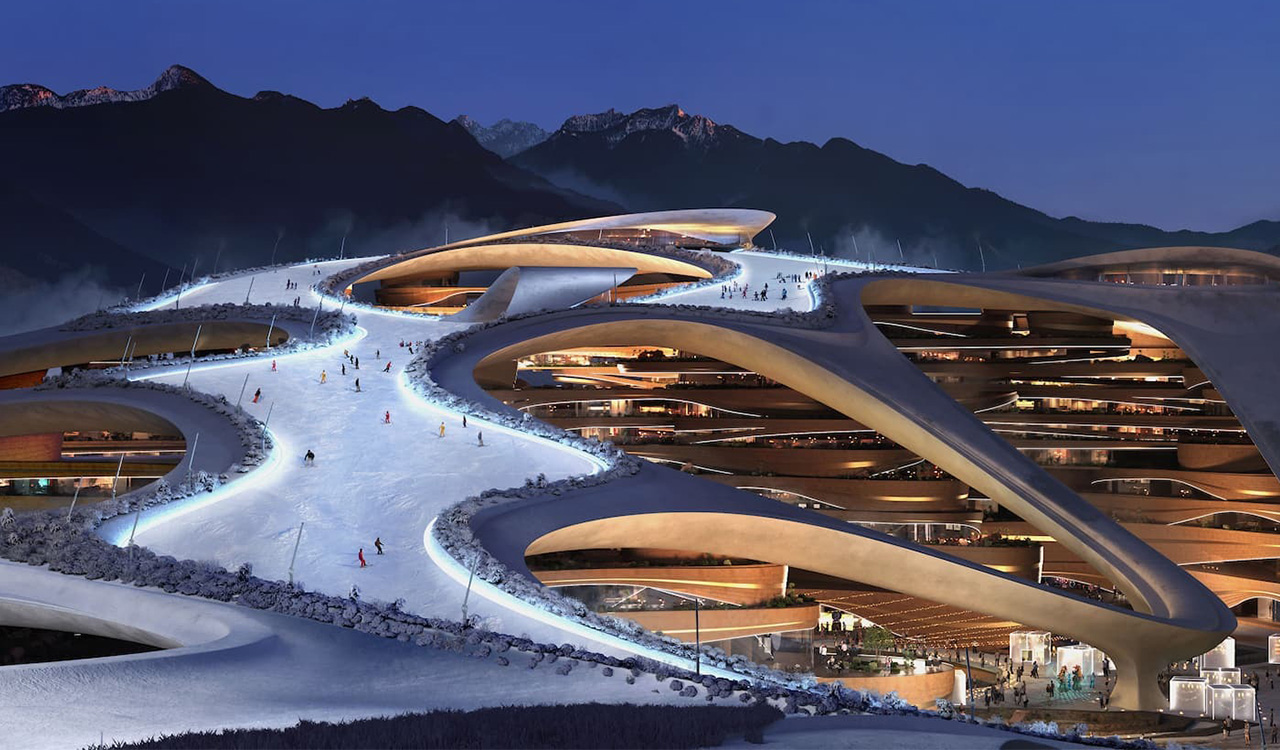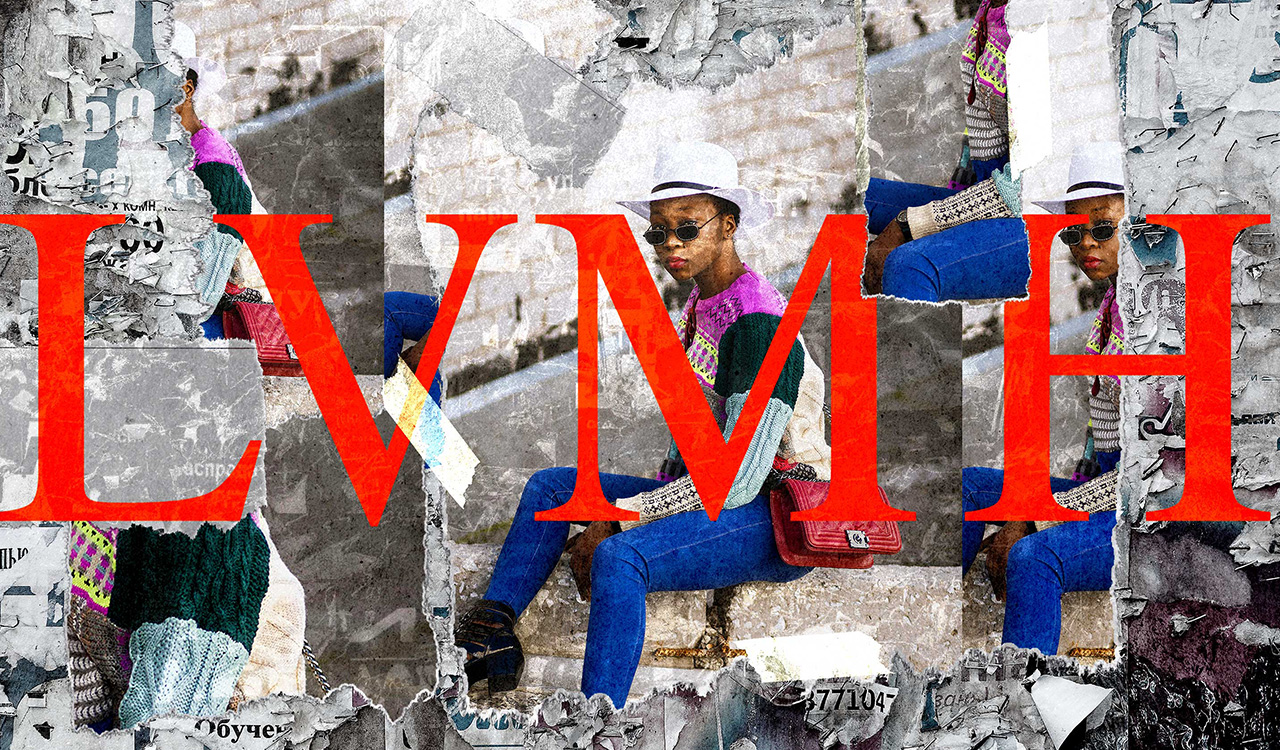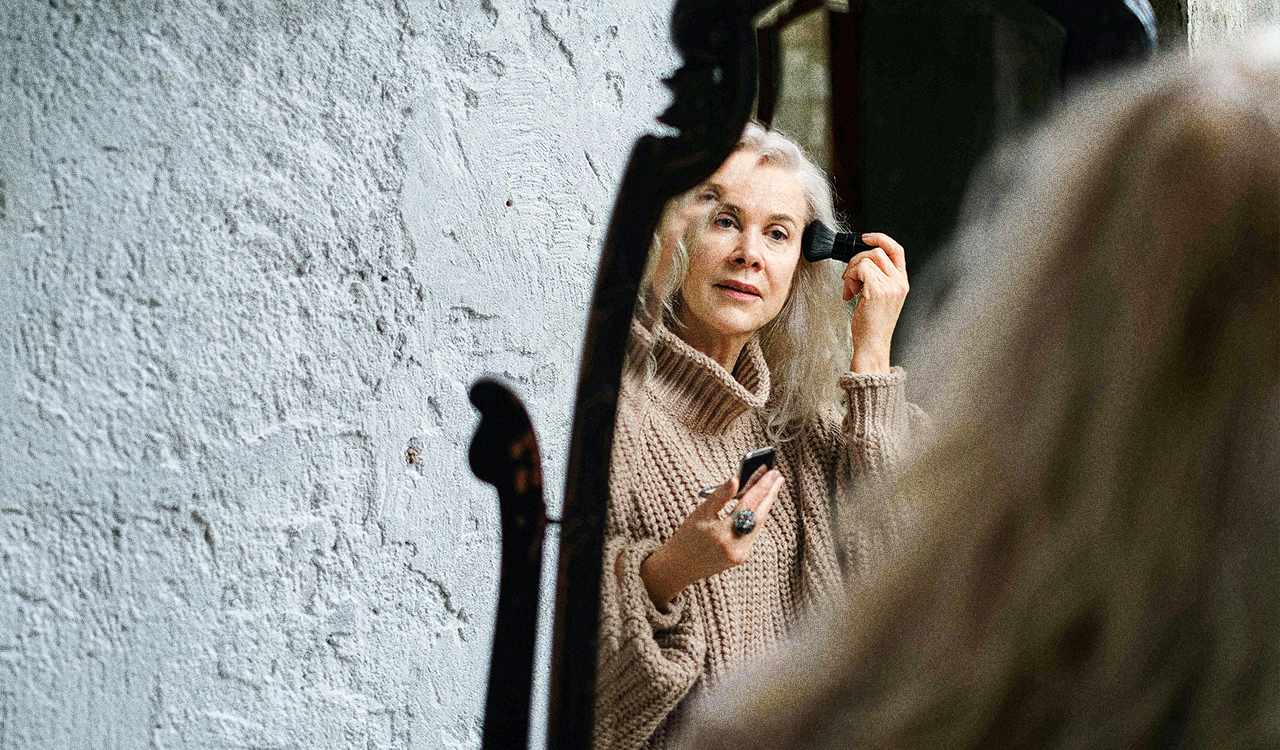For the better part of a year – ever since the onset of Covid-19 – the doomsday diviners of retail have held center stage, pushing the narrative that brick-and-mortar retail will never come back, or if it does, it will surely be in some new, emasculated form that will be virtually unrecognizable to a time traveler from 2019. “Malls throughout America are suddenly running out of time,” exclaimed a recent USA Today report on the state of retail. Rhode Island’s Providence Journal went even further, stating that “the coronavirus pandemic will not allow the traditional brick-and-mortar supply chains to survive.” Yet the corporate research firm Statista probably takes the cake with its over-the-topism: “Retailers Face Mass Extinction in Pandemic Fallout.” And these headlines are not outliers; a cursory scanning of hundreds of global business headlines from retail articles over the past year could easily be confused with the obits page in a local newspaper.
[callout]From fast fashion to traditional retailers, it now seems that everyone is shedding physical stores and reinvesting in supply chains and next-gen logistics networks aimed at propping up ecommerce and omnichannel sales.[/callout]
The Road Ahead
Yet these nattering nabobs of negativism are not entirely without merit. The contents of a successful shopping mall were already changing before Covid-19 set in – the pandemic only put the pedal to the metal on a trend that was well underway. From fast fashion to traditional retailers, it now seems that everyone is shedding physical stores and reinvesting in supply chains and next-gen logistics networks aimed at propping up ecommerce and omnichannel sales. H&M announced it was closing 250 stores: Zara another 1,200. Even Macy’s has signaled it plans on closing 125 stores throughout 2021 – many which are anchors in regional malls. Make no mistake about it: traditional retail has indeed been among the hardest hit sectors of the economy ever since Dr. Anthony Fauci became a household name.
But not all is lost. The real story is a bit more nuanced. With the light at the end of the coronavirus tunnel now finally within view, it’s time to start thinking about not only how traditional retail might come back, but where. Many experts from across the retail, fashion, and real estate sectors believe that brick-and-mortar will come back, but not in the same way in every city.
Silver Linings
Of course, it will likely be years before the full extent of the pandemic’s impact on traditional retail is fully understood; it’s impossible to assess the damage of a hurricane when the winds are still blowing. Nonetheless, a few trends are already coming into much clearer focus. Just as the ravages of cholera, tuberculosis, and typhoid fever in the 19th century ushered in a host of modern cosmopolitan amenities that we now take for granted – indoor plumbing, city sewage systems, and the emergence of public sanitation departments, to name a few. Covid-19’s impact is also poised to leave an equally indelible mark on the literal and psychographic retail landscape.
Here are five macrotrends in retail that are already emerging:
1/ Global Realignment. Many of the new leading cities in global retail will tend to be modern metropolises that are still coming into their own. Not shackled to antiquated infrastructure, failing legacy transportation networks, and urban design that was optimized for horse and carriage, these new cities have the wherewithal – and real estate – to adapt and grow their physical retail infrastructure to meet the demands of a post-Covid operating environment, optimized for the breakneck speed of modern commerce.
In New York City alone, more than 1.5 million packages are delivered daily, resulting in endless gridlock releasing untold levels of pollution. In places like São Paulo, Lagos, and Mumbai, it’s even worse. Expect to see more modernized cities jump ahead of traditional retail and shopping hubs like Paris, New York, and London. Taking the lead will be places like Dubai – home of the world’s largest mall, Neom – Saudi Arabia’s new futuristic mega-city on the Red Sea, and a host of newly minted cities across China and South East Asia.
2/ The Rise of Warm Climate Retail Tourism. With in-person shopping emerging as something less than routine, retail’s association with leisure and holidays will grow only closer. Warm weather locales will become increasingly attractive to out-of-towners as shopping destinations. In the U.S., many experts see places like Charleston, Miami, and Scottsdale as emerging outdoor shopping destination alternatives, replacing colder climate cities that force shopping indoors. Triple Five Worldwide – the Canadian real estate development company behind the Mall of America and New Jersey’s American Dream – plans to start construction of American Dream Miami later this year, converting five million square-feet into America’s largest retail theme park, with a target open date in 2023. The impact of Covid is likely going to force the developers to expand the amount of open-air retail space in the mega-project. Moreover, this trend towards warmer climate retail could make these Southern and Sun Belt cities ideal beachheads for successful e-tailers as they begin expanding into physical locations.
3/ The ‘Burbs are Back. Second Tier Cities Too. The pandemic has put a premium on space and distance, marking a dramatic reversal to a trend which, up until the onset of the pandemic, saw young hipsters increasingly staying put in swanky (albeit confined) downtown corridors amid a resurgence of formerly down-trodden warehouse and industrial districts. But since the onset of the pandemic, residents can’t leave their small downtown apartments fast enough, resulting in an exodus to the suburbs and an influx of Big City dwellers to new “Zoom towns” – cities with a smaller population and a lower cost of living as their jobs become more remote-friendly. In fact, remote officing, which enables information workers to log their hours from just about anywhere there is a decent internet connection, will be major driver of suburbs and second-tier cities across the globe.
Simon Property CEO David Simon expects a suburban boom to fuel growth outer-ring retail. “The suburbs are going to be hot [and] where the action is in the future.\” And speaking of so-called “second-tier cities,” roughly 170 Chinese cities have more than one million inhabitants, but only four – Shanghai, Beijing, Guangzhou and Shenzhen – are generally considered to be “first-tier.” In the U.S. this trend means hitherto so-called “second-tier” cities like Austin, Denver, Sacramento, and Charlotte are well situated to become new centers of commerce and retail while in Europe, keep an eye on places like Turin, Riga, and Cologne, and bit further to the East, Rostov-on-Don as new places where brick-and-mortar can be reimagined.
4/ Luxury Is Still High Touch. High-end shoppers will still crave the high-touch and bespoke experience of shopping in person. Somehow buying a $50,000 Hermès Birkin bag online will never stoke the same rush of endorphins as does the feeling of walking out of a store with one under your arm. In just about every major market, expect to see tiny pockets of high-end brick-and-mortar retail persist, commensurate in size and sophistication of the population of local one-percenters.
5/ Rethinking Retail’s Parameters. Traditional in-person retail usually does not include services such as health and fitness, medical and education, but it should. The research arm of CBRE (Coldwell Banker Richard Ellis), the largest commercial real estate services company in the world, predicts up to a 20 percent reduction in total U.S. retail real estate inventory by 2025 from the current level of 56 square-feet per capita. Much of this loss in square footage will come from large-scale adaptive conversions among Class B and C malls into an array of alternative uses including medical, fitness and educational. Cities such as Minneapolis, home to the Mayo Clinic and a host of the world’s largest healthcare and medtech companies, could easily emerge as a leading retail medical destination. Already the University of Minnesota’s M Health Fairview effort has set up shop in the Mall of America.
In general, physical retail is in for some choppy waters ahead, and the recovery will be uneven and much more protracted in urban markets, where demand drivers are still handicapped. It might even force the industry to redefine what constitutes retail – and what does not, an exercise that is long overdue.




